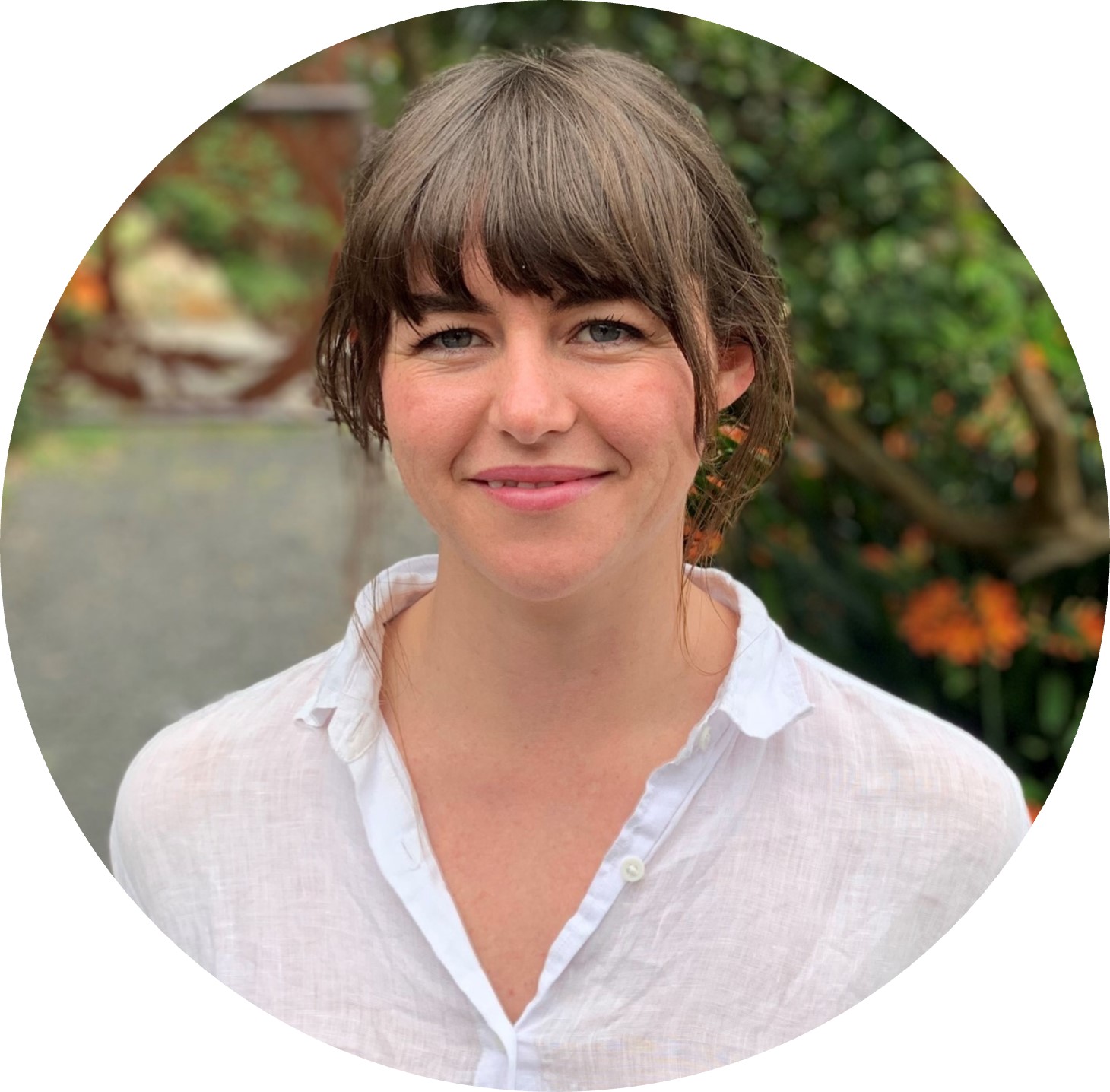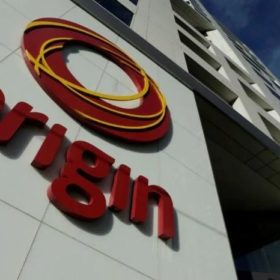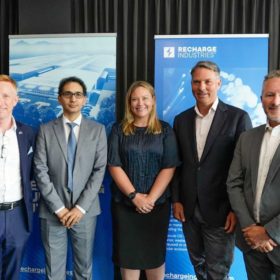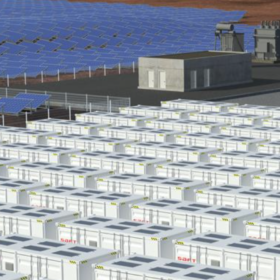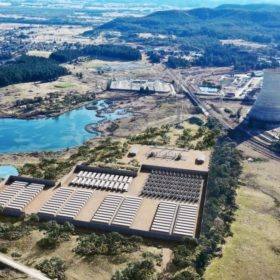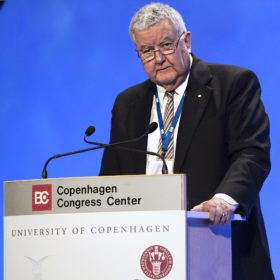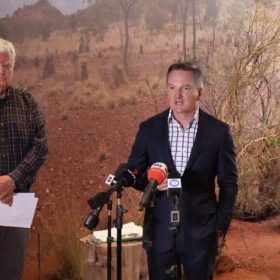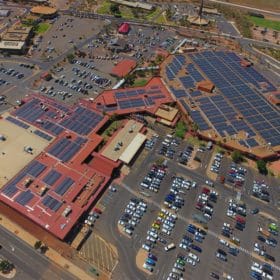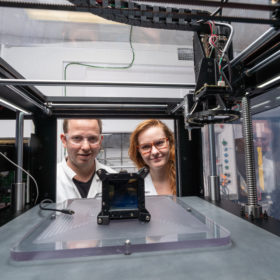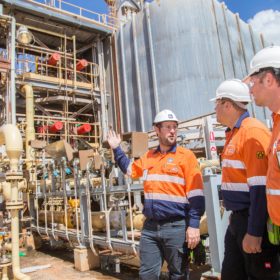Origin grants Brookfield buyout consortium more due diligence time as concerns grow
“Gentailer” Origin Energy has granted the consortium behind its $18.4 billion (USD 12.8b) takeover bid, led by Brookfield Asset Management and US private equity firm EIG Partners, an extra week of exclusive due diligence. Neither reason nor timeline were offered by Origin’s brief ASX statement, fuelling concerns about the highly-priced deal.
Lithium-ion battery cell gigafactory coming to Geelong as US-Australia ties deepen
Geelong is set to become home to a $300 million (USD 210 million) lithium-ion battery gigafactory. Recharge Industries, part of a portfolio from US fund Scale Facilitation, is aiming to start construction by the end of the year, targeting 2 GWh of production annually in 2024 and 6 GWh by 2026. The company is reportedly aiming to produce batteries without using Chinese materials, and appears to be part of a deepening supply chain play between Australia and the US.
Sun Cable enters voluntary administration
Sun Cable, the developer of the world’s largest solar and battery project, backed by two of Australia’s most powerful energy players – Andrew Forrest and Mike Cannon-Brooks – has entered voluntary administration. It is not yet clear what this will mean for the company’s hallmark project, the Australia-Asia PowerLink, though the company’s executives appear optimistic.
Contract awarded for New Zealand’s first big battery
New Zealand is set to have its first big battery by 2024, after Meridian Energy awarded a contract to build the 100 MW / 200 MWh Ruakākā Battery Energy Storage System to Saft, a subsidiary of TotalEnergies.
Shell acquires ‘mature’ 500 MW / 1000 MWh battery in former NSW coal power station
Shell Energy has acquired the development rights for a 500 MW / 1000 MWh battery located at the former Wallerawang coal power station site, near Lithgow in the Central Tablelands region of New South Wales.
Independent review finds Australia’s criticised carbon credit scheme ‘sound’
The independent review into Australia’s carbon credit scheme has concluded that the scheme is not fundamentally flawed, but could be improved by greater transparency and changes to its governance.
Labor outlines reform package for Australia’s ‘biggest climate policy’
Proposed changes to one of Australia’s most consequential emissions reductions policies, the Safeguard Mechanism, have been announced by Federal Energy Minister Chris Bowen. “This is the biggest climate policy that they nation will be debating this year so it’s very important it’s done right,” Glenn Walker, head of advocacy and strategy at Greenpeace Australia Pacific, told pv magazine Australia.
Commercial landlord begins battery foray following major solar rollout
Major shopping centre landlord, Vicinity Centres, has teamed up with Enel X to potentially deploy up to 50 MWh of cumulative energy storage capacity. The partnership kicks off with two battery fit outs in Victoria and New South Wales, and follows a $73.2 million (USD 50 million) solar rollout across Vicinity’s shopping centres.
Aussie startup develops 3D electronics printer with potential to reshape solar and storage
Canberra-based startup Syenta has developed a 3D printer capable of printing highly complex and functional electronics like photovoltaics, batteries, sensors and more, promising to do so in ways that are faster, cheaper and using less energy. The technology, which saw an the Australian startup reach the global grand-finals of the global ClimateLaunchpad program, has the potential to reshape both how renewable technologies are manufactured, and their actual performance, the team tells pv magazine Australia.
Hydrogen dominates Australia’s energy value future as earnings from critical minerals surge, resources report finds
Investment and forecast revenue from Australian resources critical to low-emissions energy technologies has grown dramatically in 2022, federal government reports find. The forecast export earnings from critical minerals has grown 50% in the year, while hydrogen projects now make up the nation’s largest single component by value, though in a highly speculative form.
